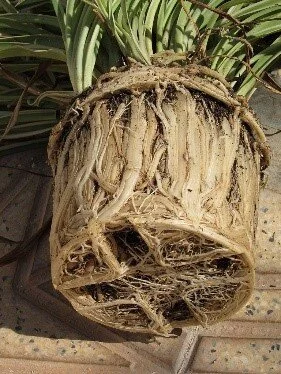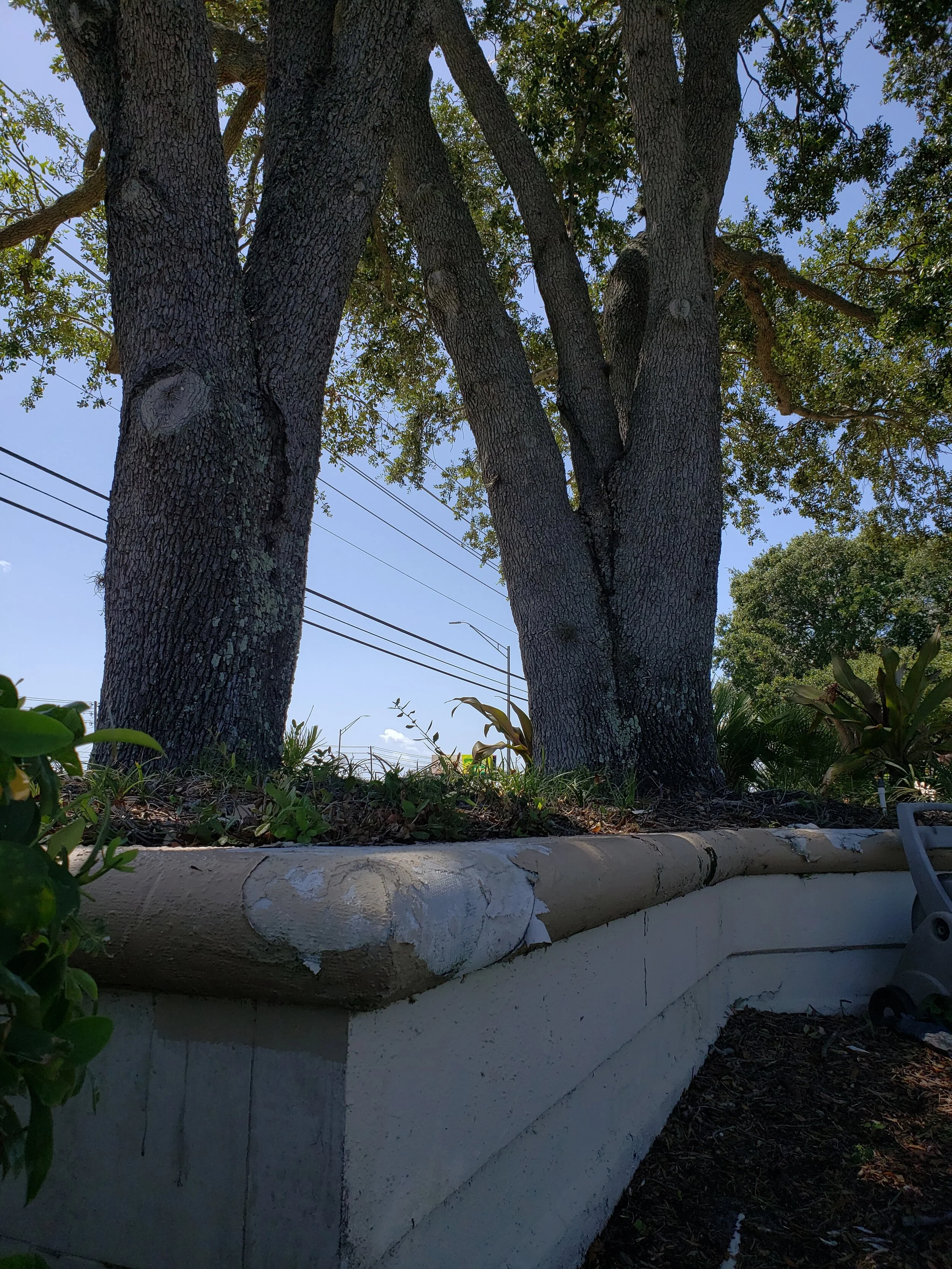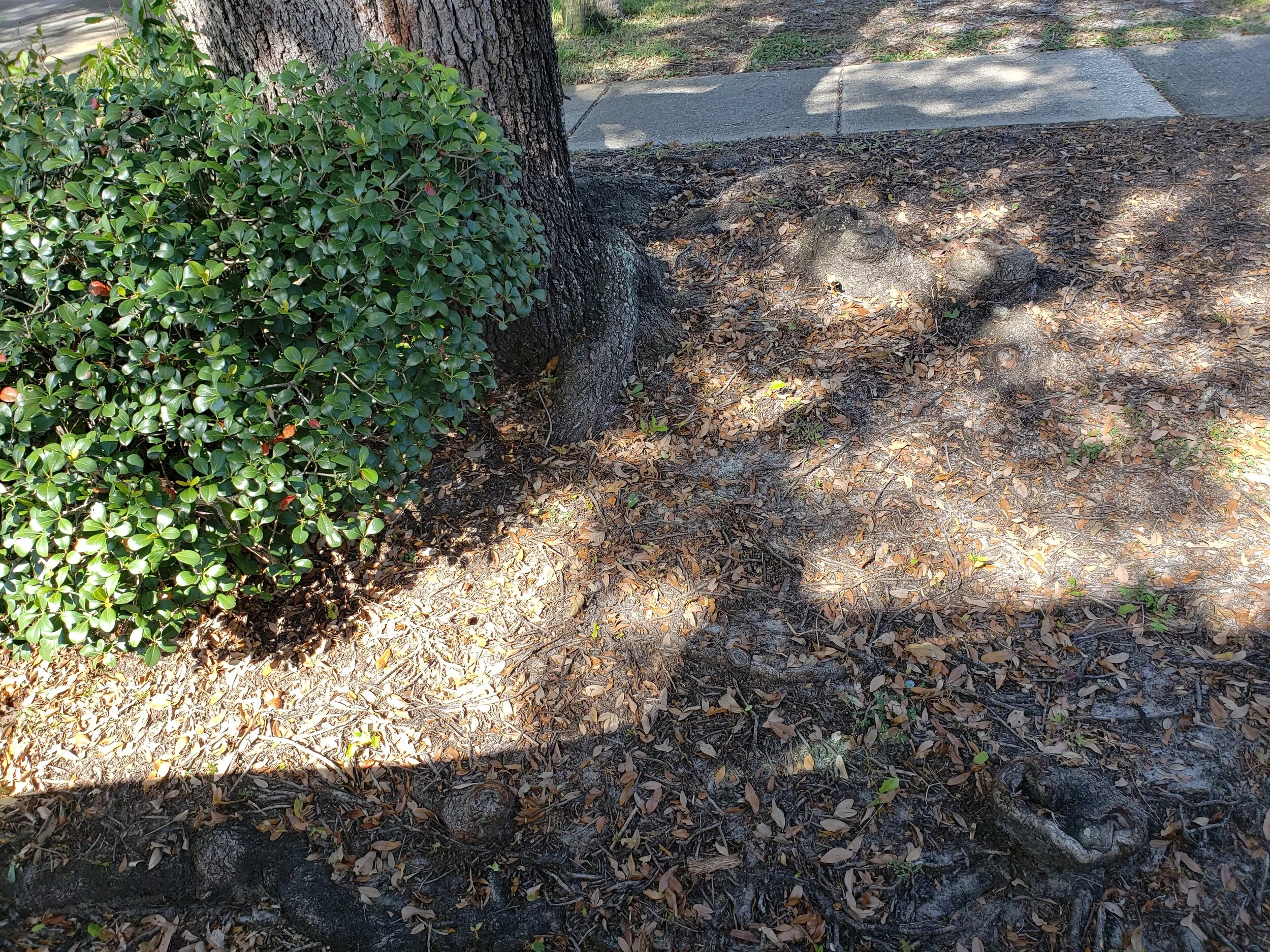Invasive Plant Species Wreaking Havoc on our Ecosystem
Trimworks Tree Service, in Largo, FL has learned a thing or two about invasive species over the past 15 years in the Tree Removal Industry. Invasive plants are one of the greatest threats to nature. They out-compete, displace or kill native species. Most require removal by a tree removal professional. Many of the plants were introduced accidentally, while other were planted with a purpose (that backfired). Either way these non-native species thrive and proliferate in our habitats.
Contrary to how it may seem, invasive plants are not all inherently evil. All plants possess a suite of traits that allow them to compete against the myriad forces of nature around them to survive, flourish and successfully reproduce. For Millennia, plants have developed these traits to battle it out for dominance, or at least inclusion in the landscape. Competing for resources while surviving predation, weather events and other environmental pressures, like fungi, pathogens and diseases. Trimworks Tree Service employees are knowledgeable ISA Certified Arborist in Clearwater, FL are available to assist you in removing these invasive plants.
Amidst the silent assault, only a small proportion of attempted procreation will actually succeed. Left unfettered of the competitive conditions in which they evolve, many plants would demonstrate the invasive qualities we find malicious. But among these conditions populations remain in balance. Invasive plants have an impact on our water quality, biodiversity, fish and wildlife habitats. As a trusted tree service in Pinellas County, we can help you understand what types of invasive species you have on your property and what the best course of action is to protect your home and other plants.
Plants with an invasive nature outside of their historical range tend to have a common set of traits which help them tolerate a broader range of environmental conditions. They are usually early successional plants (meaning they are plants that thrive in the sometimes harsh conditions), well equipped for rapid growth and efficient in reproducing to effectively colonize an area.
Whether it is predators, disease, or healthy competition by other plants, in native ecosystems there are usually some form of regulations on growth or checks on reproductions of individual species. Without this control, invasive plants continue to prosper unabatedly, while native plants are at the mercy of the herbivores, fungus and stricter environmental requirements they have co-evolved. To keep these invasive species in check they must be irradiated from your landscape. Most invasive species have to be dug completely out of your landscape. Leaving behind one root could allow the plant to return and flourish all over again. That is why it is best to let the professional handle removal of all invasive species.
We have complied a list of some of the Invasive Plant Species wreaking havoc on our ecosystem.
BITTERSWEET
There are three “bittersweets,” and it is important to distinguish between them: Oriental bittersweet (Celastrus orbiculatus), American bittersweet (Celastrus scandens) and bittersweet nightshade (Solanum dulcamara). It is the Oriental bittersweet vine that is sure to make most list of worst invasive plants in North American. The other forms can also be invasive, but are less so than Oriental bittersweet. American bittersweet is the form with attractive red/orange berries that are often used in decorative displays. All forms of the plant are toxic and should be avoided in the landscape.
WISTERIA
As with bittersweet so with wisteria: The North American grower must distinguish between American wisteria vines (Wisteria frutescens) and their Chinese counterparts (Wisteria sinensisvar) While both types are robust grower. It is the Chinese wisteria that poses a truly invasive danger to the south of USDA hardiness zone 4.
ENGLISH IVY
If you wished to crowd out wees in an area of you landscape, you would expect to be delighted to hear about English Ivy (Hedera helix). A vigorous, attractive ground cover that tolerates shade. That description fits English ivy perfectly. But that’s the problem we’ve seen as a trusted tree service in Large, FL: English Ivy is too vigorous, earning it a spot on the list of worst invasive plants. It easily escapes landscape cultivation and is regarded as a serious problematic invasive, especially in the Pacific Northwest.
SWEET AUTUMN CLEMATIS
Like the preceding three vines, Sweet Autumn clematis (Clematis terniflora) is another of those “good-looking” specimens that can overwhelm a landscape. It is especially problematic in the East and lower Midwest. While this plant does have a very sweet odor, that is the only thing pleasant about it. Clematis paniculata is sometimes sold as sweet autumn clematis, but this is a less invasive vine that comes from New Zealand. It is a Clematis terniflora that you need to be careful with.
AJUGA
The mat-forming Ajuga (Ajuga reptans), also known as bugleweed is another popular ground cover that can turn thuggish (lily-of-the-valley is another). Because Ajuga has pleasing purple blossoms and the ability to suppress weeds, it is often planted in the shady areas as a ground cover. Many homeowners come to despise it when it begins to take over a garden or lawn. They almost always request removal. Ajuga is especially problematic in warmer climates where this is no winter frost to kill the plants back annually.
BARBERRY
The Barberry shrubs (Berberis spp.) have assaulted North America from two sides. One type, Berberis thunbergii, is from the Far East; the other Berberis vulgaris, from Europe. These invaders have come armed to the teeth, bristling with the thorns that have made them so useful in many a hedge. B. thunbergii usually known as Japanese barberry, is so invasive that much of the Midwest has placed it on the list of dangerously invasive plants, strongly suggesting that it should never be planted at all.
BURNING BUSH
In autumn, burning bush (Euonymus alatus) puts on a show for the ages, bearing red or pinkish-red leaves. Colorful reddish-orange berries accompany the striking foliage. So why is burning bush one of the most hated exotic plants among gardeners “in the know?” This shrub is considered dangerously invasive across much of the northern US from Maine to Minnesota, as well as in the Southeast.
LANTANA
Lantana (Lantana camara) is a broadleaf evergreen shrub native to tropical areas, and it is a notable invasive in Florida and Georgia, and across the south to California. But it poses no danger in colder climates north of zone 9, where it is often used in hanging baskets. In warm zones however, it can easily escape gardens and naturalize in dangerous profusion.
BUTTERFLY BUSH
Butterfly bush (Buddleja spp.) is among the worst invasive species in the Pacific Northwest, where growing conditions resemble its native habitat. It’s also an invasive problem in areas of the Southeast. In areas colder than zone 6, it is less problematic, since the plant dies back to the ground each winter. An alternative plant to grow for attracting butterflies is butterfly weed (Saclepias tuberosa). Butterfly bush is so named because it attracts butterflies (as well as other pollinators), but to humans, the plant is somewhat unpleasant in odor.
COMMON PRIVET
As with barberry, a privet hedge is a familiar sight. That very familiarity of privet (Ligustrum vulgare) may make it difficult to see such exotic plants as invasive, but this species is on the official list of problematic plants in much of the Midwest and Northeast, from Pennsylvania north to Maine. Privet’s popularity is based on the fact that it responds well to pruning and tolerates the pollution that typically plagues plants in urban settings. But privet shrubs grow so fast that they can easily escape the boundaries of cultivation and become naturalized in the wild.
NORWAY MAPLE TREES
Full-sized trees can be invasive too. As in the case of the Norway maple (Acer platanoides), which is considered invasive in much of the Northeast, and dangerously so in Maine, Vermont, New Hampshire, and Massachusetts. Originally planted as a landscape species, its seeds easily disperse in the wind to naturalize in other environments. If you are considering tree removal in Pinellas County, we can help you understand what an invasive species is and what the best course of action is for the trees on your property.
JAPANESE KNOTWEED
Japanese knotweed (Fallopia japonica) is a perennial clumping plant that has virtually no redeeming landscape value. The best that can be said for its appearance is that it produces a fluffy-looking flower in early autumn (thus one of its alternate common names, “Fleece Flower”). The opinions of the 19th century plant collectors notwithstanding, most 21st century Westerners agree on this one: Japanese knotweed is an ugly nuisance, and an easy pick as one of the worst invasive plants. It is considered invasive in every state, though more so in its natural hardiness zones 5-9.
KUDZU
Kudzu vine is in the pea family. So far, so good, right? After all, we are all familiar with peas from our experience at the dinner table, why would we think about needing to remove this plant? Along those lines, kudzo has even been employed as livestock feed. But this perennial vine from Asia is one of the very worst invasive species of all time. It is sometimes called “the vine that ate the south” It is enormous problem in all southern states. Initially planted to shade porches on the southern plantations, the plant quickly spread to surrounding territory, where it now gobbles up nearly all that it touches. It grows well in both sun and shade and is dangerously invasive throughout the South and Southeast as well as the Atlantic seaboard. A recent control effort involved bringing goats into the area infested with kudzo and turning them loose to wat their fill.
TANSY
Tansy, unlike the exotic plants considered above on this invasive species list, is an herb-albeit a poisonous one. Tansy’s toxicity belies a rich traditions of medicinal and culinary usage. But there’s more to worry about than just it toxicity: Tansy plants are invasive and spread via both seeds and rhizomes.
PURPLE LOOSESTRIFE
Purple loosestrife is an invader of wetlands. Many people who have no clue about the name of the plant have nonetheless seen it innumerable time and remarked upon its beauty. In fact, it is a lovely plant when massed together-which is the norm, since this is a plant that spreads incredibly vigorously. Purple loosestrife is thought to arrive in North America as seeds in soil used as ballast in sailing ships in the early 19th Century. Now, 200 years later, it is found in every state in the U.S., except Hawaii and Alaska. The plants take over wetlands by forming dense root mats that choke out native plants, degrading wildlife habitat. Since 1992, the America and Canadian governments have used two European beetles, Galerucella calmariensis and Galerucella pusilla, to feed on the plant-an experiment that appears to be successful.
JAPANESE HONEYSUCKLE
Japanese honeysuckle (Lonicera japonica) is another attractive, sweet smelling specimen that turns out to be a sinister foe. This vigorous, fast growing twinning vine has fragrant yellow flowers that appear from June-October and it grows to 30 feet. When planted deliberately it is used as a ground cover, but it is considered an exotic invasive across the entire Midwest.
Many plants labeled as invasive have qualities that allow them to colonize and disturbed areas easily. Before investing energy and resources into invasive species management such as tree removal and tree service, consider how you can best apply control to the forced that are creating, allowing, or encouraging the invasion to take place. It is also important to weight the effects of the invasion and the effects of the management practices afterward.
We are a full service tree removal company in Largo that will help you make an informed decision about trees and plants on your property. To learn more about the tree services we offer in Largo, contact us at (727) 289-1633.




